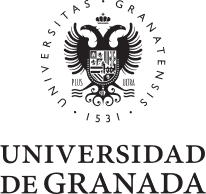Atezolizumab for First-Line Treatment of Metastatic Nonsquamous NSCLC
Socinski, M. A.; Jotte, R. M.; Cappuzzo, F.; Orlandi, F.; Stroyakovskiy, D.; Nogami, N.; Rodriguez-Abreu, D.; Moro-Sibilot, D.; Thomas, C. A.; Barlesi, F.; Finley, G.; Kelsch, C.; Lee, A.; Coleman, S.; Deng, Y.; Shen, Y.; Kowanetz, M.; Lopez-Chavez, A.; Sandler, A.; Reck, M.; Ahualli, A.; Jarchum, G.; Kaen, D. L.; Kahl, S.; Kotliar, M.; Kowalyszyn, R. D.; Lerzo, G.; Martin, C.; Pastor, A.; Picon, P.; Streich, G.; Varela, M.; Blinman, P.; Boyer, M.; Crombie, C.; Gauden, S.; Gill, S.; Hughes, B.; John, T.; Joshi, A.; Kosmider, S.; Lewis, C.; Millward, M.; Nordman, I; Nott, L.; O'Byrne, K.; Parnis, F.; Potasz, N.; Richardson, G.; Singhal, N.; Eckmayr, J.; Greil, R.; Goeminne, J. C.; Paulus, A.; Aragao, B.; Bruno, L. A.; Campos, C.; Costamilan, RdC; Dettino, A.; Faccio, A.; Girotto, G.; Matias, D.; Murad, A. M.; Schwartsmann, G.; Silva, C.; Tadokoro, H.; Dimitrov, B.; Ilieva, R.; Kalev, D.; Kanarev, V; Koleva, M.; Koynov, K.; Mihaylova, Z.; Cohen, V; Cournoyer, G.; Rorke, S.; Rothenstein, J.; Spadafora, S.; Aren,
-
2 Twitter
-
45 Wikipedia
-
4 News
-
303 Policy





